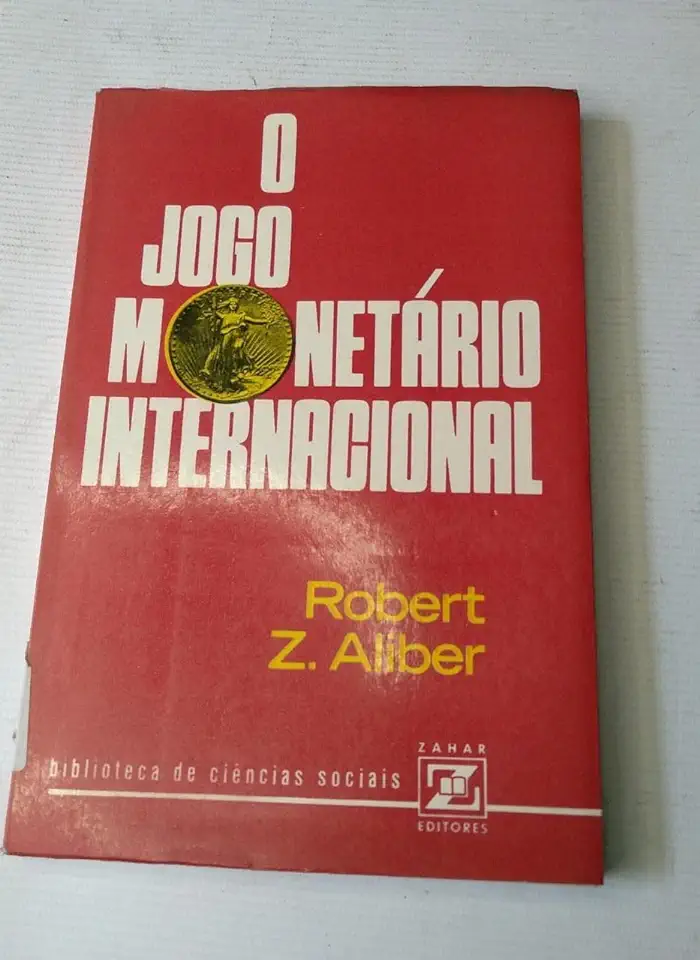
The International Monetary Game - Robert Z. Aliber
The International Monetary Game: A Guide to the World's Monetary System
Introduction
In today's interconnected world, understanding the international monetary system is more important than ever. In his book, "The International Monetary Game," Robert Z. Aliber provides a comprehensive and accessible guide to this complex system. Aliber draws on his decades of experience as a scholar and practitioner to explain how the international monetary system works, how it has evolved over time, and the challenges it faces today.
The Basics of the International Monetary System
The international monetary system is the system of rules, institutions, and practices that govern the flow of money between countries. It includes the exchange rate system, the international payments system, and the international reserve system.
The exchange rate system determines the value of one currency relative to another. There are two main types of exchange rate systems: fixed exchange rate systems and floating exchange rate systems. In a fixed exchange rate system, the value of a currency is pegged to another currency or a basket of currencies. In a floating exchange rate system, the value of a currency is determined by supply and demand in the foreign exchange market.
The international payments system is the system by which payments are made between countries. The most common form of international payment is the wire transfer. Wire transfers are electronic transfers of funds from one bank account to another. Other forms of international payment include checks, drafts, and letters of credit.
The international reserve system is the system by which countries hold reserves of foreign currency. These reserves are used to support the value of a country's currency, to make payments for imports, and to provide liquidity in the international financial system. The most common form of international reserve is the U.S. dollar.
The Evolution of the International Monetary System
The international monetary system has evolved significantly over time. The gold standard was the dominant international monetary system from the late 19th century until the early 20th century. Under the gold standard, the value of a currency was directly linked to the value of gold. This meant that the supply of money was limited by the amount of gold in circulation.
The gold standard was abandoned during World War I. After the war, the world moved to a system of fixed exchange rates. The Bretton Woods system, which was established in 1944, was the dominant international monetary system from the end of World War II until the early 1970s. Under the Bretton Woods system, the value of the U.S. dollar was fixed to gold, and the value of other currencies was fixed to the U.S. dollar.
The Bretton Woods system collapsed in the early 1970s. This was due to a number of factors, including the Vietnam War, the oil crisis, and the rise of inflation. Since the collapse of the Bretton Woods system, the world has moved to a system of floating exchange rates.
The Challenges Facing the International Monetary System
The international monetary system faces a number of challenges today. These challenges include:
- The global financial crisis: The global financial crisis of 2008-2009 exposed the weaknesses of the international monetary system. The crisis led to a sharp decline in global trade and investment, and it caused widespread financial instability.
- The rise of China: The rise of China is changing the balance of power in the global economy. China is now the world's second-largest economy, and it is rapidly increasing its share of global trade and investment. This is putting pressure on the U.S. dollar, which is the dominant international reserve currency.
- Climate change: Climate change is also posing a challenge to the international monetary system. Climate change is leading to more frequent and severe natural disasters, which are causing widespread damage and economic disruption. This is putting pressure on governments to spend more money on climate change mitigation and adaptation, which is reducing the amount of money available for other purposes.
Conclusion
The international monetary system is a complex and ever-changing system. It is essential for understanding how the global economy works. "The International Monetary Game" provides a comprehensive and accessible guide to this complex system. Aliber draws on his decades of experience as a scholar and practitioner to explain how the international monetary system works, how it has evolved over time, and the challenges it faces today. This book is a must-read for anyone who wants to understand the global economy.